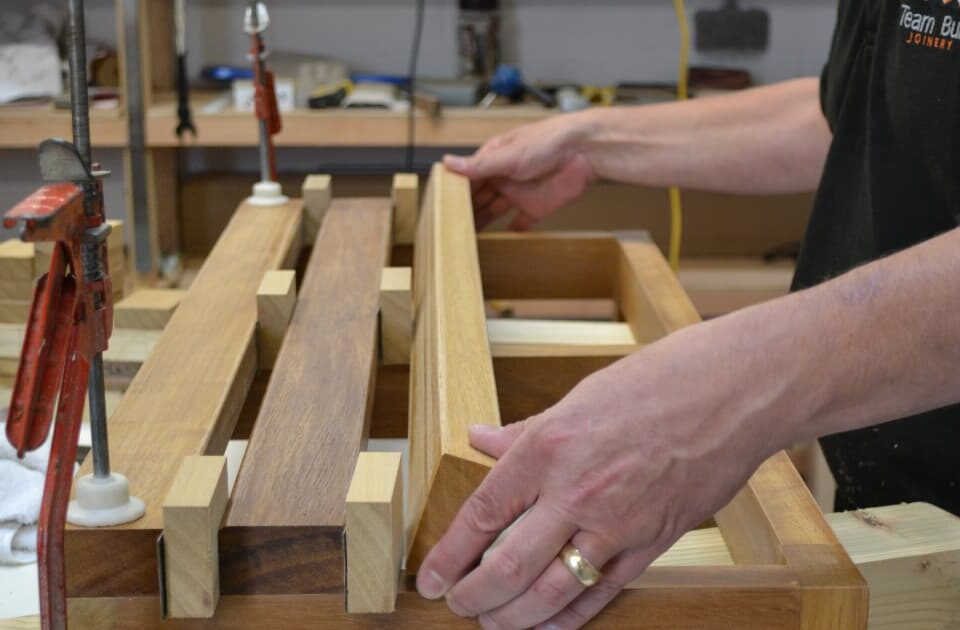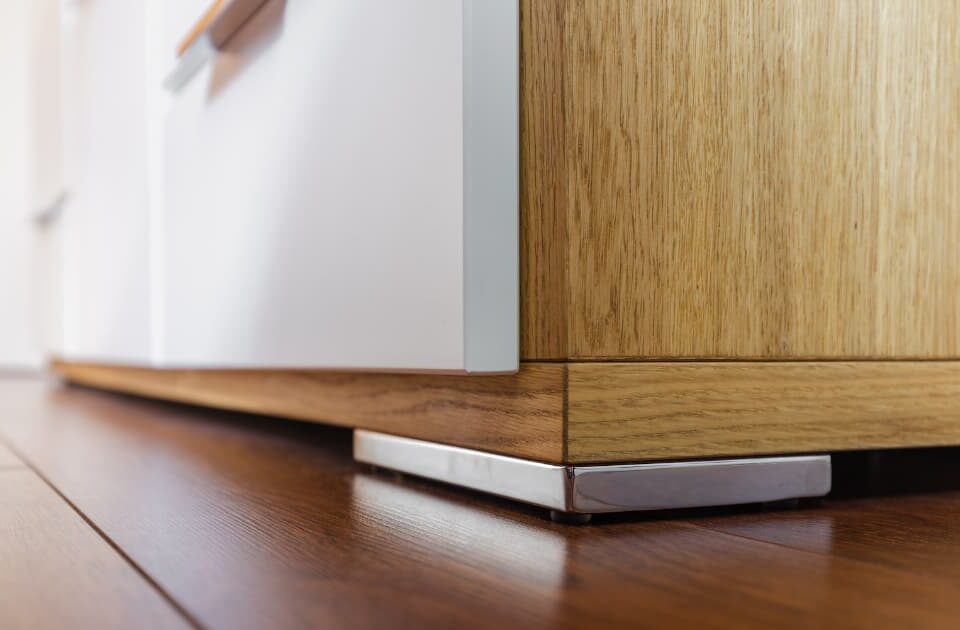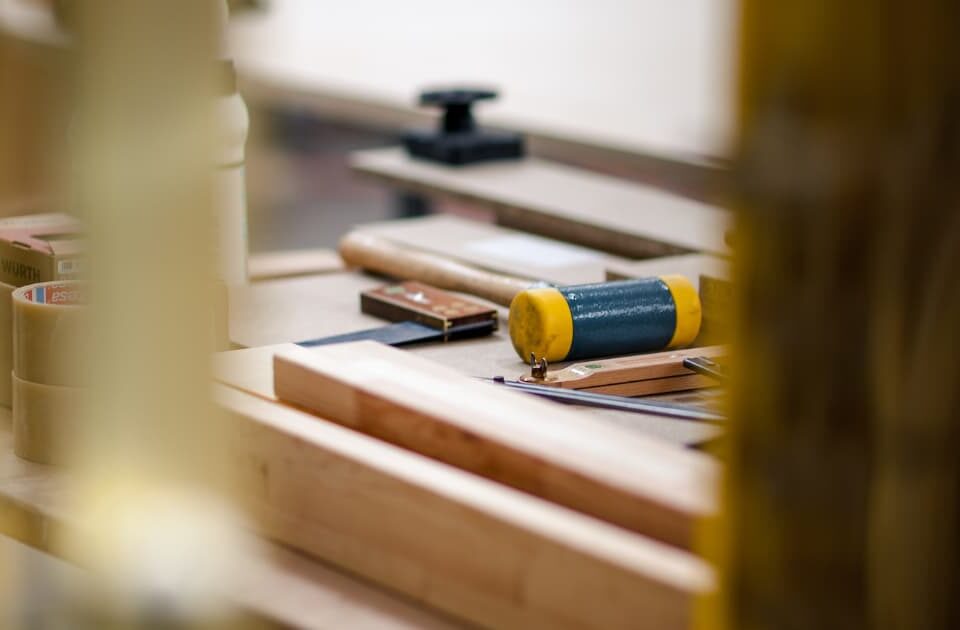Enhance Customer Experience with Interior Design

Finding the Right Joinery Company for Your Project
27th October 2021
Popular Kitchen Worktop Materials
10th November 2021Calling all businesses: is your storefront or customer facing physical space supporting your business and giving customers the best possible experience?
Believe it or not, interior design is not just about creating aesthetically pleasing spaces – it is also crucial for unifying your various touchpoints with consistent and well-branded experiences.
In this blog post we share some of the best ways to enhance your customer experience with interior design, creating a physical space where a customers can go and feel truly connected with your brand and business vision.
Consider first impressions
Just like your website is often the first impression your customer gets online; your physical store or business presence is the first impression they get to immerse themselves in. The simple fact is that the first impression you present to customers is the one they will remember, and so creating a cohesive and welcoming space is crucial to welcoming them into the folds of your brand or business.
Consider using light and colour to design a welcoming entrance and provide seating and other facilities which will support and boost the way they see your space. It can help to walk around your space from the perspective of a new customer, looking at what they will see first and taking different journeys to discover how they will view your business space.
Make your interior social media friendly
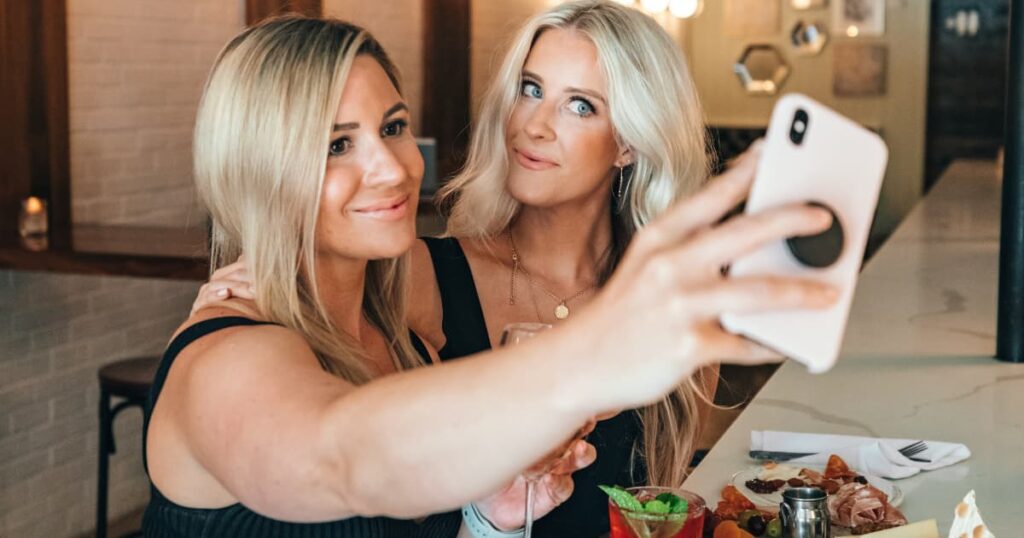
It’s not enough to just have an aesthetically pleasing space anymore – only the most unique and visually stimulating spaces make it onto the coveted social media grid, with tagged businesses receiving more online traffic and greater engagement with potential future customers.
Find ways of embedding your business into the space, add interactive and engaging features, and offer an interior which is worth photographing and sharing. Businesses operating in the hospitality sector should pay particular attention to this when planning restaurant, bar and cafe fit outs, for example.
A good way to do this is to ask yourself who your customers are and what will impress them.
Make carefully considered furniture choices
Furniture is one of the biggest decisions you will make as it affects the presentation of a space, its functionality, and its comfort levels. Ideally you want to select furniture which supports the way the space is used, while also playing into the overall decorative theme and creating an inviting space to sit down.
List all the ways that your interior space will be used by customers, and then cater to all of those needs in the furniture you provide. For example, if you need them to fill in a form on arrival, give them a table to lean on.
Ensure your interior design compliments your brand
There is nothing worse in the interior world than a brand which forgets its brand identity and go-to palette of colours. Your branding guidelines are there for a reason and it’s up to you to bring your entire brand to life within your interior space by putting those guidelines into practice.
If your branding colours are plain and simple, find ways of creating patterns and unique designs by blending those colours together, or play with using different shades of your spotlight colours. The aim here is to take a snapshot of your interior space and immediately be able to see the link between the space and your brand or business.
Carefully consider the overall layout of your space
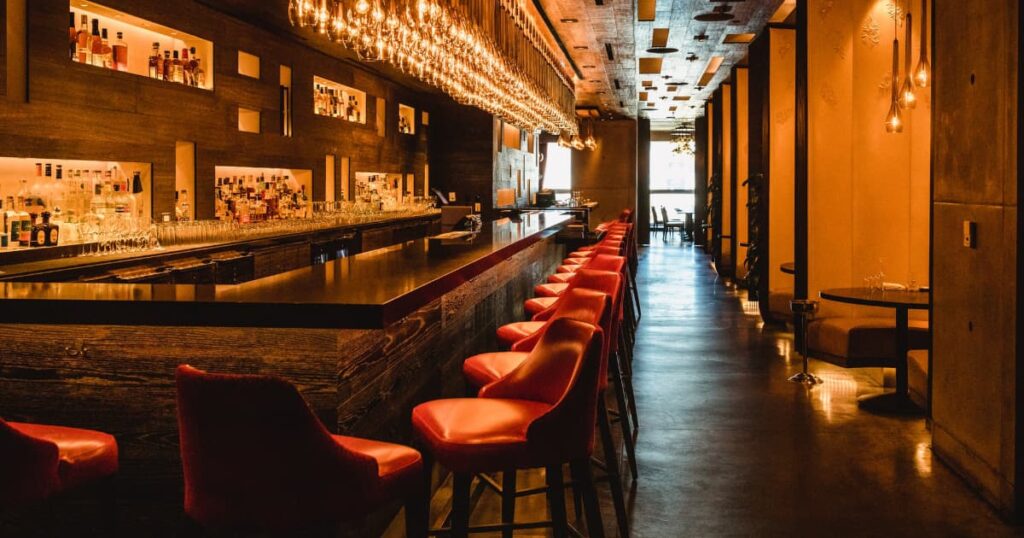
How does the customer move through your space and does your interior design support the ideal customer journey towards purchase and further engagement? The layout of your interior space needs to be well planned in terms of movement and progression – and it is also worth considering in the post-pandemic world how you can do your bit to support social distancing and the establishment of a clear path through the office or interior space.
Move around your business space in different ways and with different goals to establish the most common movements of potential customers and clients and look for ways of building experiences and interactions into those journeys.
Carefully considering the layout and floor plan of the premises are main points featured in both our restaurant interior design guide and our guide to designing a bar – so go and check those resources out if you are looking for more information about these types of business in particular.
The takeaway
Just as you would design a business website with the end goal of customer purchase in mind, so you should design your physical space in a way which encourages and guides them towards the kind of engagement which is productive for your business. The more you can do to create consistency and harmony between your different touchpoints, both physical and digital, the more customers will buy into and recognise your brand as a reputable and credible solution to their needs.


